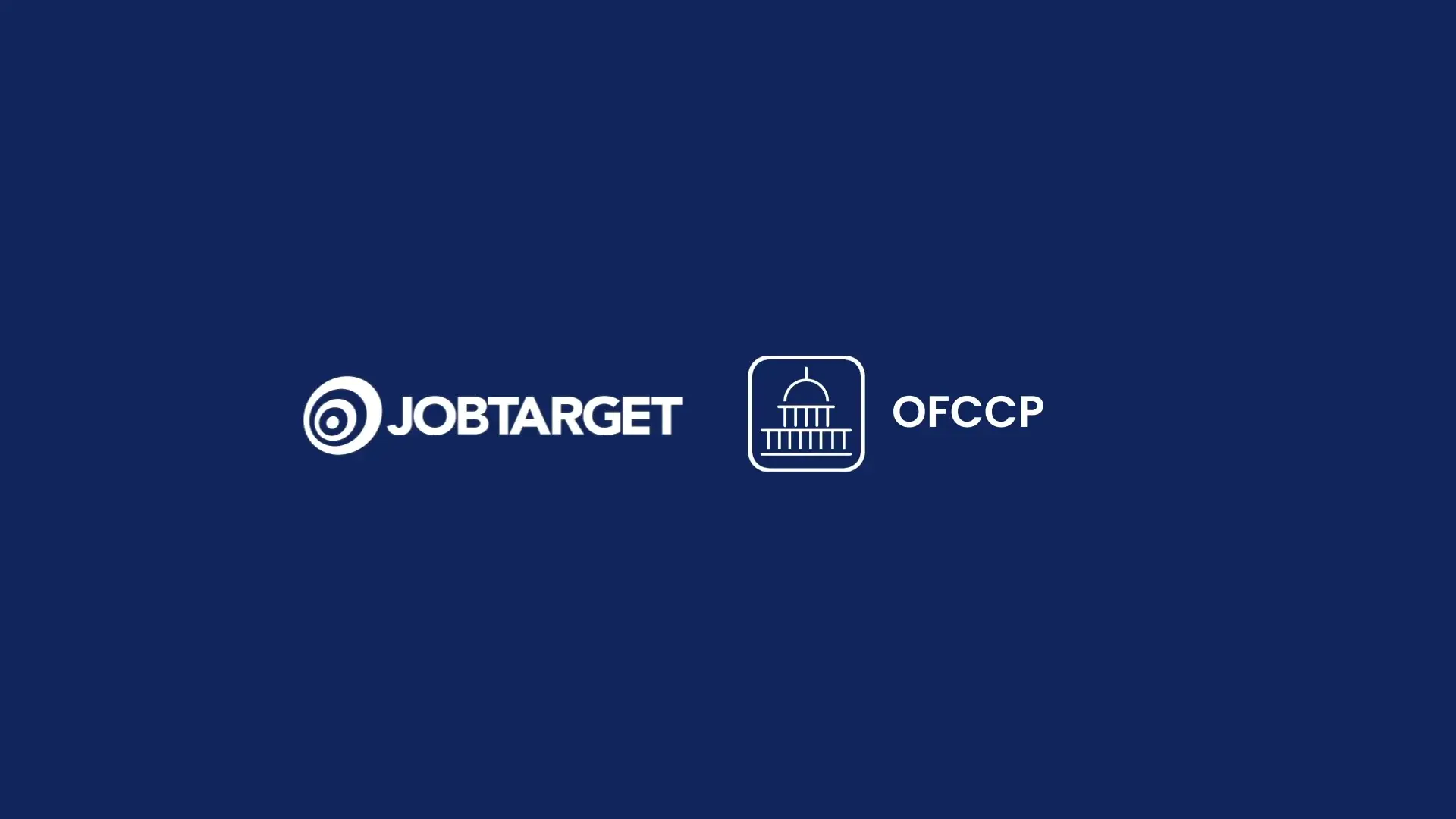In today's dynamic job market, recruiting top talent requires more than traditional hiring practices. Integrating outreach to a broad talent pool into talent acquisition strategies provides a significant competitive advantage. This approach goes beyond merely expanding candidate pools to check demographic boxes. Embracing diversity of experiences and backgrounds transforms how companies engage talent and the workplace cultures they aim to build.
Understanding Diversity
Diversity in the workplace means welcoming and valuing people from all backgrounds and demographics, including race, ethnicity, gender, age, disability status, and cultural background. The goal is to create a workforce that reflects society and the customer base. This aligns with the recent executive order "Ending Illegal Discrimination and Restoring Merit-Based Opportunity," which emphasizes the importance of merit-based hiring while ensuring compliance with civil rights laws
Challenges in Achieving Diversity
Despite the benefits, achieving a true merit-based culture that integrates people of all backgrounds in companies has proven difficult due to human biases influencing the hiring process. Our intrinsic prejudices and past experiences often affect decision-making unconsciously. Therefore, there is a critical need for unbiased technologies and platforms to aid hiring criteria. The talent acquisition landscape is now incorporating diversity initiatives in job advertising, career sites, company culture, employee wellness programs, and end-to-end hiring decisions.
Negative Impacts of Limited Diversity
- Limited Talent Pool: A narrow focus on certain demographics can limit the pool of potential candidates.
- Legal Repercussions: Non-compliance with diversity and inclusion laws can lead to legal challenges.
- Decreased Productivity: Homogeneous teams may lack the diverse perspectives needed for innovation.
- Higher Turnover Rates: Employees may leave if they feel the workplace is not inclusive.
- Lower Employee Morale: A lack of diversity can lead to a less engaging work environment.
- Reduced Financial Performance: Companies with limited diversity may underperform financially compared to more diverse organizations
Benefits of Successful Diversity Practices
Job seekers increasingly list diversity as a top desire in their job search. Companies in the top quartile for racial and ethnic diversity are 36% more likely to have above-average financial performance
Here are some key benefits:
- Increased Innovation: Diverse teams bring varied perspectives, leading to more creative solutions.
- Enhanced Productivity: Inclusive environments boost employee morale and productivity.
- Improved Decision-Making: Diverse teams make better decisions due to a wider range of viewpoints.
- Stronger Company Culture: A commitment to diversity fosters a positive and inclusive workplace culture.
- Better Compliance: Adhering to diversity regulations helps avoid legal issues and enhances the company's reputation.
Implementing Diversity-Focused Strategies
- Build Inclusive Job Descriptions:
- Use inclusive language to signal belonging.
- Check for gender-biased language using free online tools.
- Promote Jobs to a Broader Pool:
- Use inclusive images and messaging for hiring events.
- Extend diversity beyond gender and race to include people with intellectual disabilities, previously incarcerated individuals, and various socioeconomic backgrounds.
- Use Structured Evaluation to Reduce Bias:
- Leverage automation to evaluate candidates based on skills identified for the job.
- Share Inclusive Practices with Job Seekers:
- Promote workplace culture and inclusive hiring practices.
- Showcase inclusive and diverse culture through media.
- Highlight policies, events, or practices that support a feeling of belonging.
Conclusion
Diversity practices are no longer a nice-to-have within recruitment and hiring. Companies are now hiring diversity specialists and Chief Diversity Officers with full teams to support diversity hiring and employee initiatives. Incorporating technologies that support unbiased recruitment and hiring tactics is crucial. This is a critical time to ensure diversity tactics are part of your hiring and recruitment strategies to avoid being left behind or less successful.
By embracing diversity, companies can increase innovation, enhance productivity, improve decision-making, and build a stronger, more adaptable culture. Compliance with regulations and a more reputable employer brand are additional benefits. Ultimately, diversity-focused strategies lead to a more inclusive, equitable, and successful workplace. Importantly, diversity should not lower the standard of hiring but should be a process of implementing merit-based hiring from an expanded pool of applicants
In conclusion, the recent executive order underscores the importance of merit-based hiring while ensuring compliance with civil rights laws. By integrating diversity and merit-based practices, companies can create a more dynamic, innovative, and successful workforce.
Disclaimer: The information provided above is for informational purposes only and does not constitute legal advice. Please consult a legal professional before acting on any information provided.




